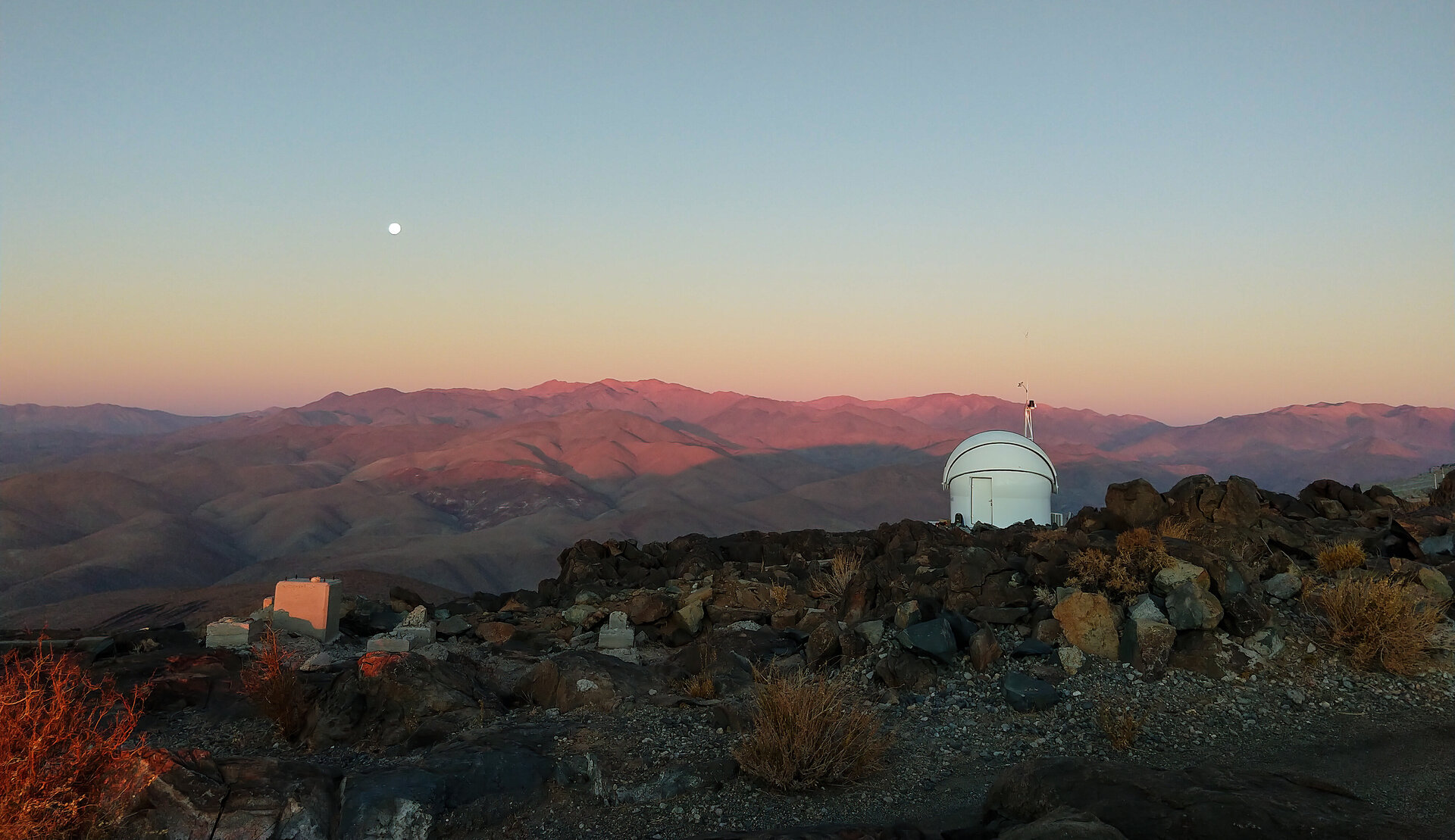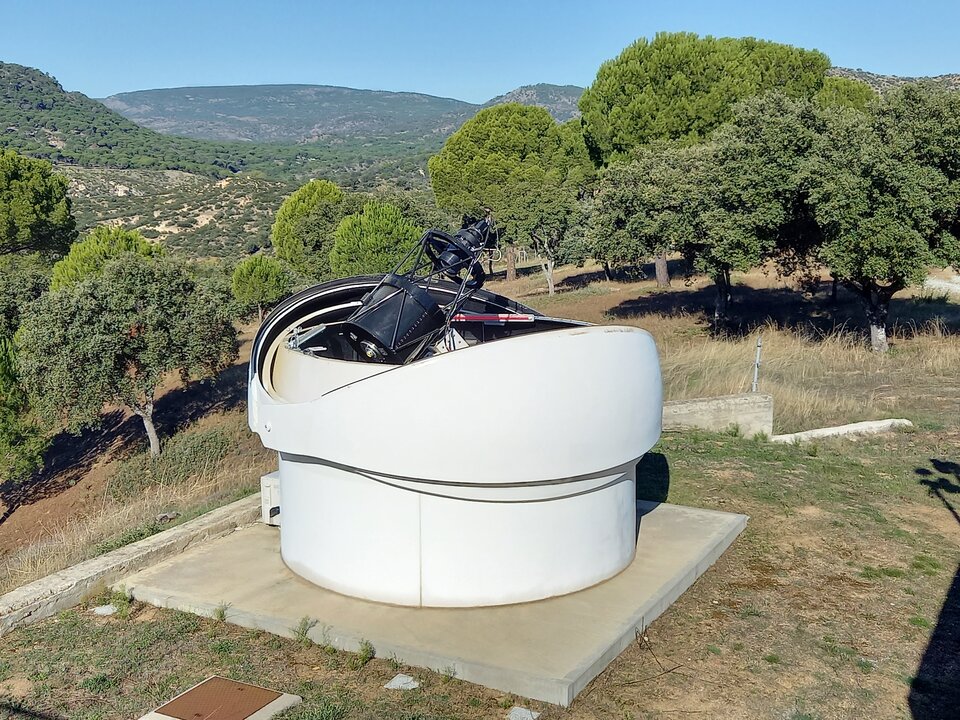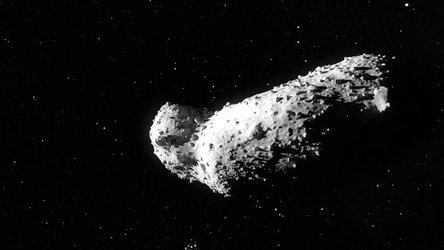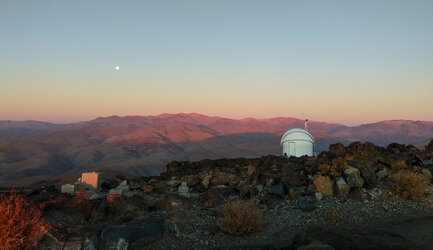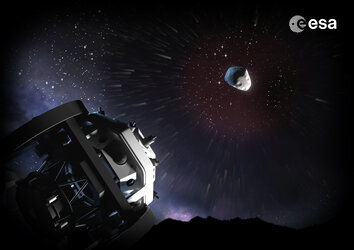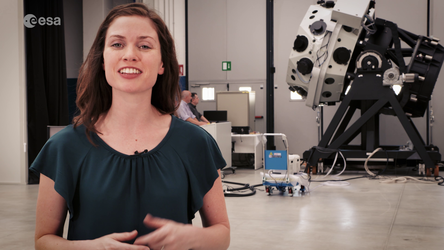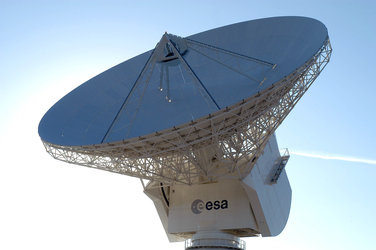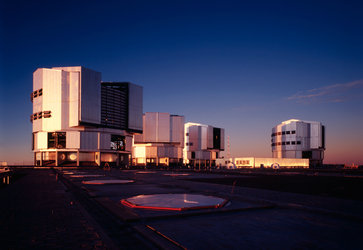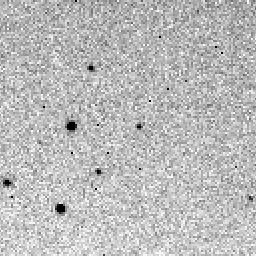Test Bed Telescopes
ESA’s Test Bed Telescope (TBT) project is laying the groundwork for a network of telescopes that will autonomously scan the sky every night for asteroids that could pose a risk to our planet.
The project consists of two identical telescopes: one located at ESA’s Cebreros ground station in Spain, and one at the European Southern Observatory’s (ESO) La Silla observatory in the Atacama desert in northern Chile.
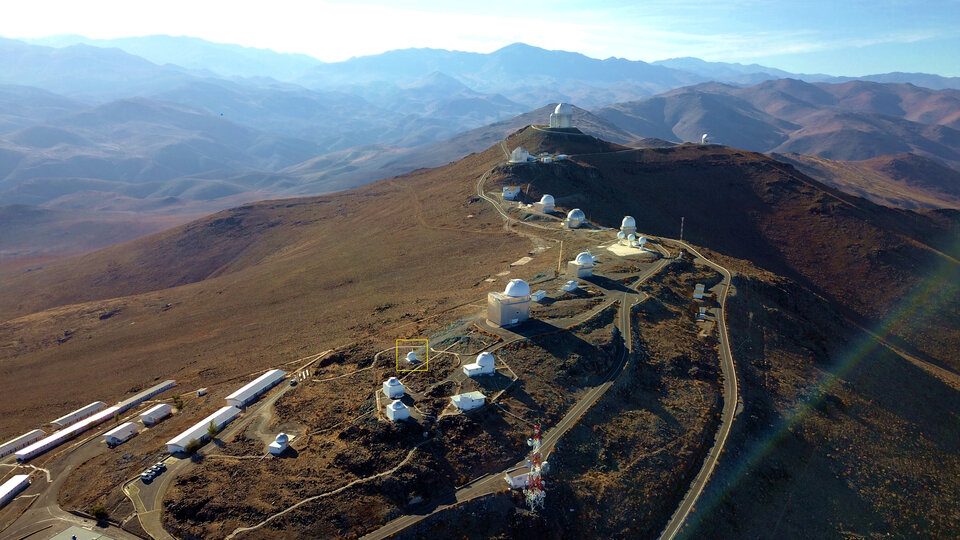
The telescopes are ‘test beds’ for demonstrating the technology needed to automatically detect risky near-Earth objects, such as asteroids and comets, and alert human researchers of the need to perform follow-up observations.
They can also be used to keep an eye on the important geostationary orbit and provide similar automatic assistance for observations of important events involving artificial satellites, such as when they re-enter Earth’s atmosphere or break up into potentially dangerous pieces of space debris.
While primarily test beds, both telescopes will be used for active asteroid hunting and spotting important events related to artificial satellites.
Watch ESOCast 237 on ESA's Test Bed Telescope 2 in Chile
Things that go bump in the night
We currently know of more than 30 000 near-Earth objects whose orbits brings them close to Earth. Over 1000 of these objects are on the risk list maintained by ESA’s Planetary Defence Office.
Even small- and medium-sized objects can do serious damage. But to hunt for these threatening Solar System objects, astronomers currently use traditional telescopes with a narrow field of view that can only observe a small portion of the sky at a time.
As part of the global effort to accelerate and improve the search, ESA is developing the Flyeye telescope. Its insect-inspired design gives it a much wider field of view, allowing it to cover large regions of the sky much quicker than traditional designs.
The Test Bed Telescopes are used to develop and test the software, remote operation and data processing techniques that the future network of Flyeye telescopes will use to scan the skies each night for rogue objects, automatically flagging any that pose an impact risk and bringing them to the attention of human researchers the next morning.
The Test Bed Telescopes in numbers
| TBT 1 | TBT 2 | |
| Country | Spain | Chile |
| Latitude | 40.454 | -70.738 |
| Longitude | -4.369 | -29.256 |
| Altitude | 771 m | 2375 m |
| First light | 2015 | 2021 |
Shared details for both telescopes
| Primary mirror diameter | 0.56 m |
| Focal length | 1415.5 m |
| Focal ratio | 2.53 |
| Field of view | 2.5 by 2.5 degrees |


